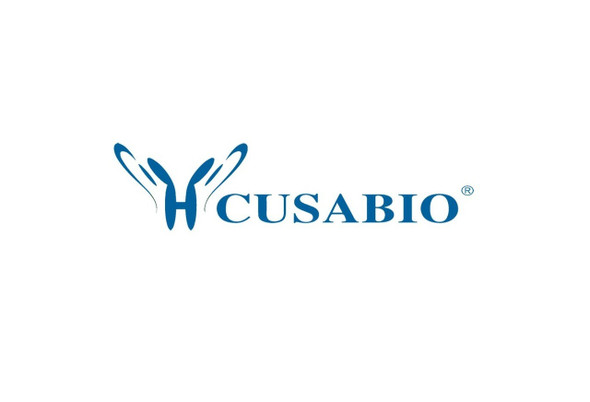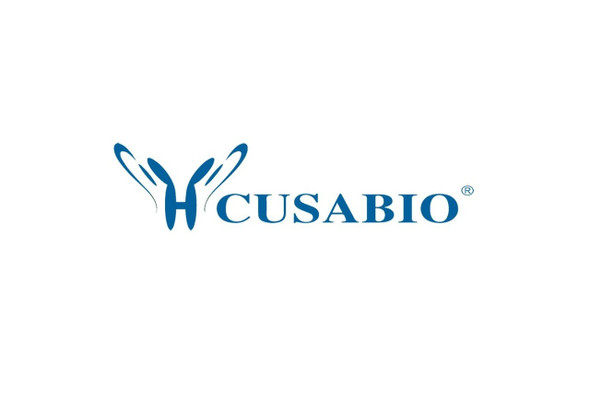Cusabio Polyclonal Antibodies
APP Antibody | CSB-PA07174A0Rb
- SKU:
- CSB-PA07174A0Rb
- Availability:
- 3 to 7 Working Days
Description
APP Antibody | CSB-PA07174A0Rb | Cusabio
APP Antibody is Available at Gentaur Genprice with the fastest delivery.
Online Order Payment is possible or send quotation to info@gentaur.com.
Product Type: Polyclonal Antibody
Target Names: APP
Aliases: Amyloid-beta A4 protein (ABPP) (APPI) (APP) (Alzheimer disease amyloid protein) (Amyloid precursor protein) (Amyloid-beta precursor protein) (Cerebral vascular amyloid peptide) (CVAP) (PreA4) (Protease nexin-II) (PN-II) [Cleaved into: N-APP; Soluble APP-alpha (S-APP-alpha) ; Soluble APP-beta (S-APP-beta) ; C99 (Beta-secretase C-terminal fragment) (Beta-CTF) ; Amyloid-beta protein 42 (Abeta42) (Beta-APP42) ; Amyloid-beta protein 40 (Abeta40) (Beta-APP40) ; C83 (Alpha-secretase C-terminal fragment) (Alpha-CTF) ; P3 (42) ; P3 (40) ; C80; Gamma-secretase C-terminal fragment 59 (Amyloid intracellular domain 59) (AICD-59) (AID (59) ) (Gamma-CTF (59) ) ; Gamma-secretase C-terminal fragment 57 (Amyloid intracellular domain 57) (AICD-57) (AID (57) ) (Gamma-CTF (57) ) ; Gamma-secretase C-terminal fragment 50 (Amyloid intracellular domain 50) (AICD-50) (AID (50) ) (Gamma-CTF (50) ) ; C31], APP, A4 AD1
Background: Functions as a cell surface receptor and performs physiological functions on the surface of neurons relevant to neurite growth, neuronal adhesion and axonogenesis. Involved in cell mobility and transcription regulation through protein-protein interactions. Can promote transcription activation through binding to APBB1-KAT5 and inhibits Notch signaling through interaction with Numb. Couples to apoptosis-inducing pathways such as those mediated by G (O) and JIP. Inhibits G (o) alpha ATPase activity By similarity. Acts as a kinesin I membrane receptor, mediating the axonal transport of beta-secretase and presenilin 1. Involved in copper homeostasis/oxidative stress through copper ion reduction. In vitro, copper-metallated APP induces neuronal death directly or is potentiated through Cu2+-mediated low-density lipoprotein oxidation. Can regulate neurite outgrowth through binding to components of the extracellular matrix such as heparin and collagen I and IV. The splice isoforms that contain the BPTI domain possess protease inhibitor activity. Induces a AGER-dependent pathway that involves activation of p38 MAPK, resulting in internalization of amyloid-beta peptide and leading to mitochondrial dysfunction in cultured cortical neurons. Ref.36 Ref.63 Ref.65 Ref.88 Ref.89 Beta-amyloid peptides are lipophilic metal chelators with metal-reducing activity. Bind transient metals such as copper, zinc and iron. In vitro, can reduce Cu2+ and Fe3+ to Cu+ and Fe2+, respectively. Beta-amyloid 42 is a more effective reductant than beta-amyloid 40. Beta-amyloid peptides bind to lipoproteins and apolipoproteins E and J in the CSF and to HDL particles in plasma, inhibiting metal-catalyzed oxidation of lipoproteins. Beta-APP42 may activate mononuclear phagocytes in the brain and elicit inflammatory responses. Promotes both tau aggregation and TPK II-mediated phosphorylation. Interaction with overexpressed HADH2 leads to oxidative stress and neurotoxicity. Ref.36 Ref.63 Ref.65 Ref.88 Ref.89 Appicans elicit adhesion of neural cells to the extracellular matrix and may regulate neurite outgrowth in the brain By similarity. Ref.36 Ref.63 Ref.65 Ref.88 Ref.89 The gamma-CTF peptides as well as the caspase-cleaved peptides, including C31, are potent enhancers of neuronal apoptosis. Ref.36 Ref.63 Ref.65 Ref.88 Ref.89 N-APP binds TNFRSF21 triggering caspase activation and degeneration of both neuronal cell bodies (via caspase-3) and axons (via caspase-6) . Ref.36 Ref.63 Ref.65 Ref.88 Ref.89
Isotype: IgG
Conjugate: Non-conjugated
Clonality: Polyclonal
Uniport ID: P05067
Host Species: Rabbit
Species Reactivity: Human
Immunogen: Recombinant Human Amyloid-beta A4 protein (18-664AA)
Immunogen Species: Human
Applications: ELISA, IHC
Tested Applications: ELISA, IHC; Recommended dilution: IHC:1:20-1:200
Purification Method: >95%, Protein G purified
Dilution Ratio1: ELISA:1:2000-1:10000
Dilution Ratio2: IHC:1:20-1:200
Dilution Ratio3:
Dilution Ratio4:
Dilution Ratio5:
Dilution Ratio6:
Buffer: Preservative: 0.03% Proclin 300
Constituents: 50% Glycerol, 0.01M PBS, PH 7.4
Form: Liquid
Storage: Upon receipt, store at -20°C or -80°C. Avoid repeated freeze.
Initial Research Areas: Neuroscience
Research Areas: Neuroscience









